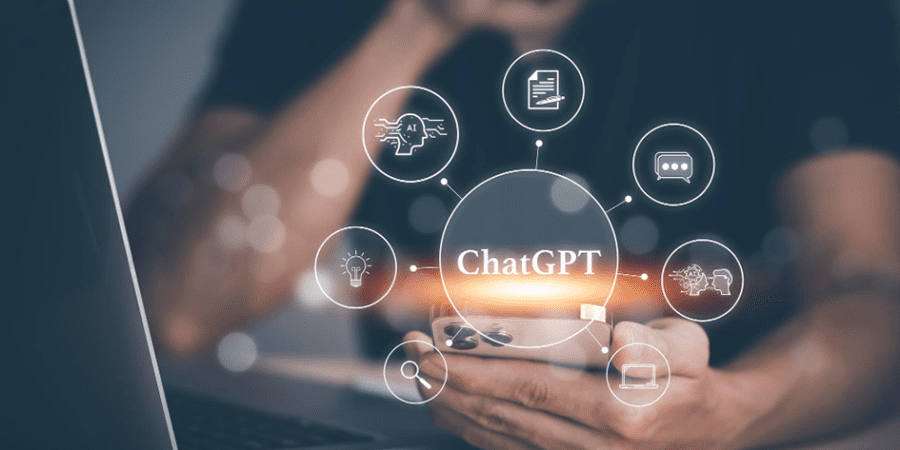The ChatGPT revolution
OpenAI’s ChatGPT, a powerful AI chatbot, has been the centre of attention since November 2022 when it was first released in its current iteration. Based on Generative Pre-trained Transformer (GPT3.5), ChatGPT is essentially a language system that can compose song lyrics, write poetry and code, and even conduct conversation. It was trained using trillions of written words taken from the internet up to 2021 and produces more “human-like” results.
Though it is typically very accurate, it isn’t perfect. It can produce spectacularly incorrect results, sometimes even making up results. However, it is constantly being updated and as an AI, it has the capacity to learn from its mistakes in time.
The emergence of AI
Despite AI-powered technologies seeming like a sudden arrival, the technology existed for a while and it has been continually developed over many years. As data sets have increased, the cost of powerful computing has dropped, and algorithms further refined, it was the perfect time to introduce ChatGPT’s capabilities to a wider audience. As Bill Gates told Forbes recently, AI-driven services are “every bit as important as the PC, as the internet”.
Intercom, a company that creates customer service software and one which we use ourselves at Influential, has also invested in OpenAI’s technologies. They have built several new products that are based upon GPT3.5 for their chatbot solutions, able to condense long results into bullet points.
Fergal Reid, head of machine learning at Intercom said, “This has been brewing for a while and it’s just crossed a threshold of usefulness. It’s taken six or eight weeks to go from ideas to, ‘We’ve just completed the beta, we’ve got 160 customers using it [and] it’s delivering value to them.’ That’s very fast. In the next six months you’re going to see similar things across many different industries.”
Jumping on the AI trend
Microsoft has also introduced several new features based on OpenAI’s GPT3.5 in their Microsoft Teams Premium application, read more about that here. Microsoft is looking at developing a new version of their Bing search engine using ChatGPT within, allowing for detailed answers rather than a list of web page links. Microsoft’s Vall-E is another project powered by GPT3.5, it is a text-to-speech synthesizer that can replicate a person’s voice based on only three seconds of audio. All of this comes following Microsoft’s USD£10 billion investment in OpenAI.
Naturally, Google is fast-tracking similar AI technologies to counter the approaching threat to their core search engine business. Google also recently revealed an AI model able to transform text prompts into full songs, and in the same week, Meta announced MAV3D, an AI program which can turn text into 3D moving images.
What’s next for ChatGPT?
With OpenAI’s continued development into the GPT model, the next iteration, aptly named “GPT-4”, is expected to work against 100 trillion parameters, a significant increase on the 175 billion used for the GPT-3 model. We can expect a powerful AI tool in answering our most difficult questions when it releases as some have mentioned that the current iteration is “at its worst” and therefore, can only improve from here on out. Some might even say that ChatGPT has started a revolution.


